Plenary lectures
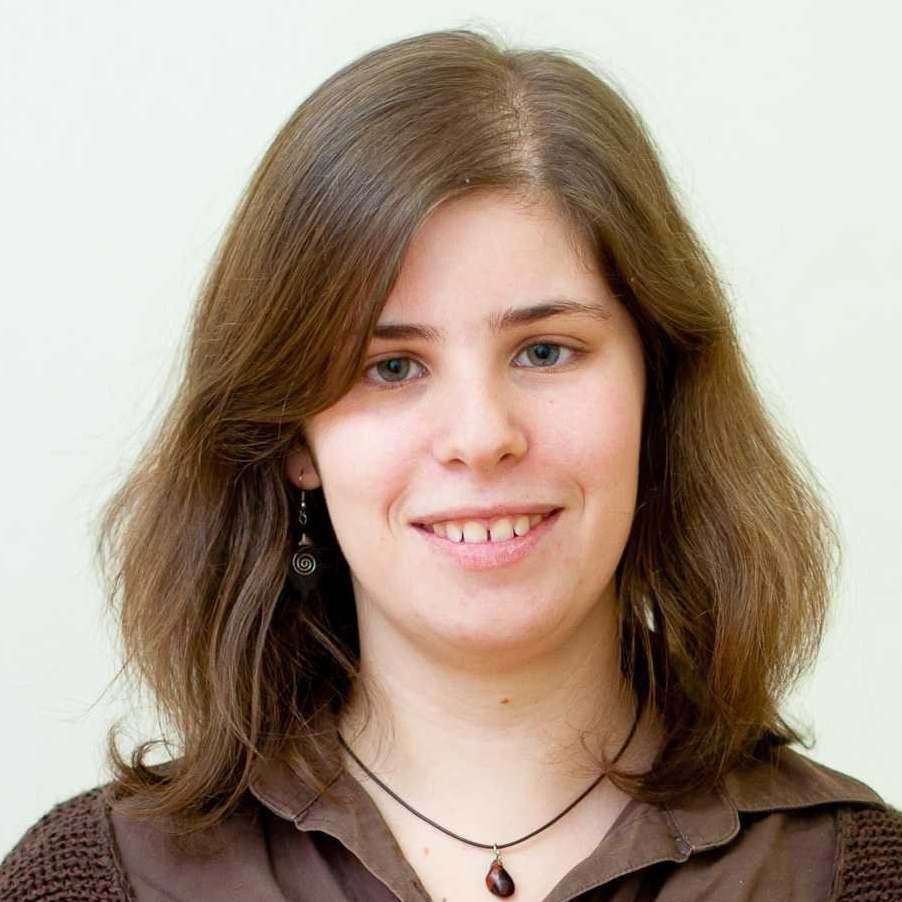 Katalin Gosztonyi
Katalin Gosztonyi
Mathematics Teaching and Education Centre, Institute of Mathematics, Eötvös Loránd University of Budapest (Hungary)
Tamás Varga’s reform movement and the Hungarian “Guided Discovery” approach
Tamás Varga is one of the major personalities of the history of Hungarian mathematics education. His “Complex Mathematics Education” reform project, led in the 1960s and ‘70s exerts important influence on Hungarian mathematics curricula, textbooks and teaching practices until today. In the first part of my lecture, I will situate this reform project in its international and national historical context, including the international “New Math” movement and the “Guided Discovery” teaching tradition, something which is embedded in Hungarian mathematical culture. In the second part, I will propose a didactic analysis of Varga’s conception on mathematics education. I will especially underline certain characteristics of this conception which can be related to Inquiry Based Mathematics Education.
Gosztonyi_presentation

Paul Andrews
Department of Mathematics and Science Education, Stockholm University (Sweden)
Reflections on Tamás Varga and an intellectually honest mathematics for all
In this talk, having observed Hungarian mathematics teaching for 25 years, I aim to focus on three broad issues relating, directly and indirectly, to Tamás Varga’s influence on the teaching and learning of mathematics. The first will be to place his work in context. What was his contribution at home and how did this influence the development of mathematics didactics internationally? The second will be to consider his legacy and examine critically the nature of Hungarian mathematics didactics. In what way is Hungarian mathematics teaching special and what makes it exciting to an international observer? In what way, as the title of my talk implies, does Hungarian mathematics didactics facilitate the creation of an intellectually honest mathematics for all students? Importantly, why has Varga and his legacy been effectively ignored by international scholars? Third, and prompted by the conclusions of the second part of my talk, I will offer evidence showing that international tests like PISA are poor, possibly inadequate, measures of a country’s students’ mathematical competence. In other words, should Hungarian mathematics teachers change their practices simply because PISA asserts that Hungarian students’ mathematics achievement is poor?
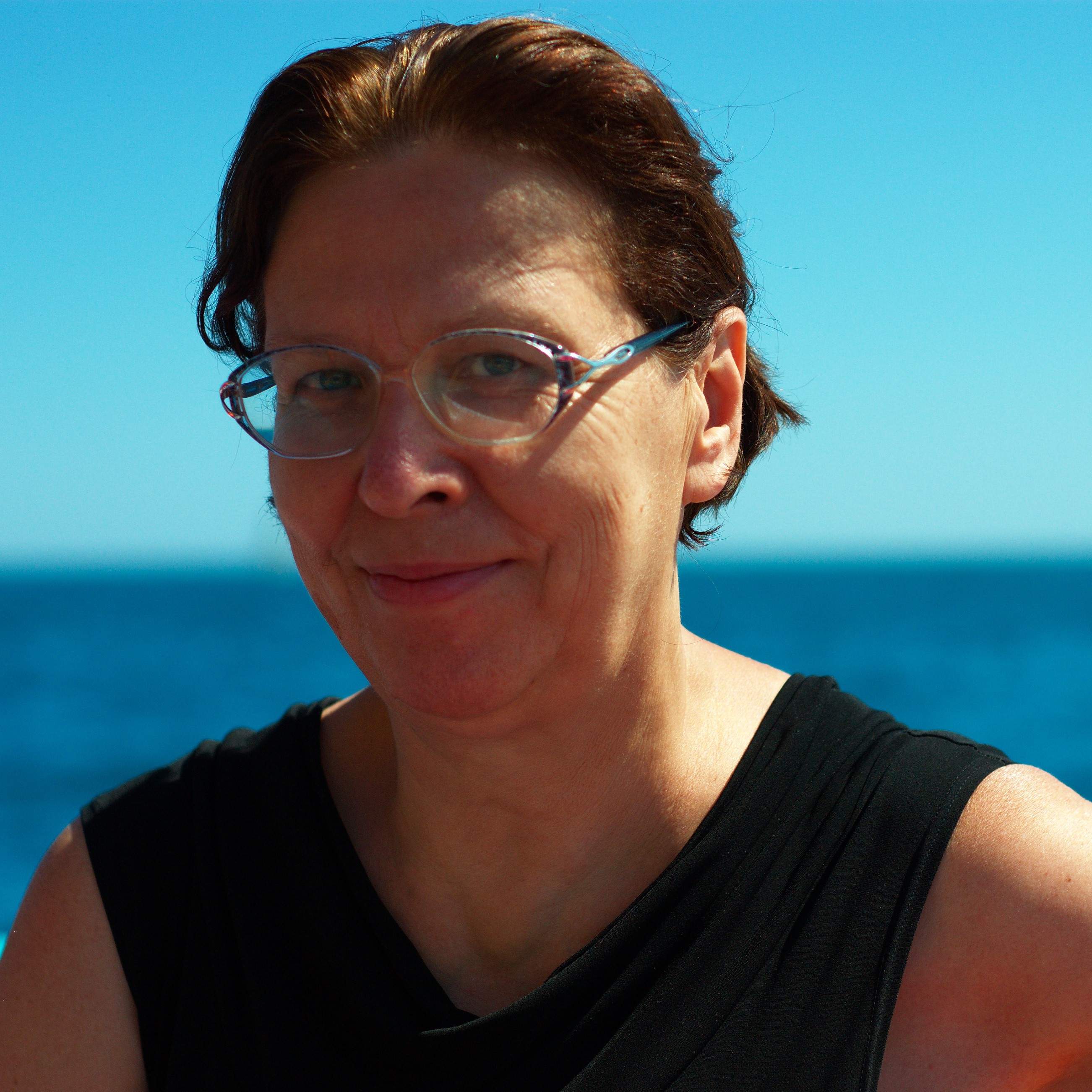 Viviane Durand-Guerrier
Viviane Durand-Guerrier
Department of Mathematics, University of Montpellier (France)
Some logical issues in algorithmic thinking and discrete mathematics
The role of logic in mathematics education has been widely discussed from the seventies and eighties during “modern maths period” till now, and remains still a rather controversial issue in the international community. Nevertheless, the relevance of discrete mathematics and algorithmic thinking as a relevant context for the development of heuristic and logical competencies is one of the main points of the program of Tomas Varga. This relevance has been also underlined for long by the didactic team “Combinatoire naïve et apprentissages mathématiques” in Grenoble (France). In this communication, I will try to show that the didactical issues at the interface of mathematics and computer science raise new questions and new research perspectives on this topic.
 Mariolina Bartolini-Bussi
Mariolina Bartolini-Bussi
Department of Education and Humanities, University of Modena and Reggio Emilia (Italy)
Semiotic mediation and cultural artefacts in the mathematics classroom
The name of Varga started to be known by Italian mathematics educators in the 60s of the past century. In particular, Michele Pellerey chaired a group (called RICME = Rinnovamento del Curricolo Matematico Elementare – Innovation in Elementary Mathematics Curriculum) that was strongly inspired by the famous Varga’s project at the OPI (Orszagos Pedagogiai Intézet). The influence of RICME on the Italian Elementary School Programs issued in 1985 was very strong and was reconsidered in the Mathematics Curricula prepared later by the Italian Mathematical Union with the names of Matematica 2001 and Matematica 2003. One of the most powerful idea suggested in Matematica 2003 concerns the issue of mathematical laboratory: A mathematics laboratory is not intended as opposed to a classroom, but rather as a methodology, based on various and structured activities, aimed to the construction of meanings of mathematical objects. A mathematics laboratory activity involves people (students and teachers), structures (classrooms, tools, organisation and management), ideas (projects, didactical planning and experiments). We can imagine the laboratory environment as a Renaissance workshop, in which the apprentices learned by doing, seeing, imitating, communicating with each other, in a word: practicing. This idea, to be implemented, needs tools for analysis and design. This is the prehistory of the theory of semiotic mediation in Italy. I shall illustrate some basic ideas of semiotic mediation, in honour of Tamas Varga, in this centennial.
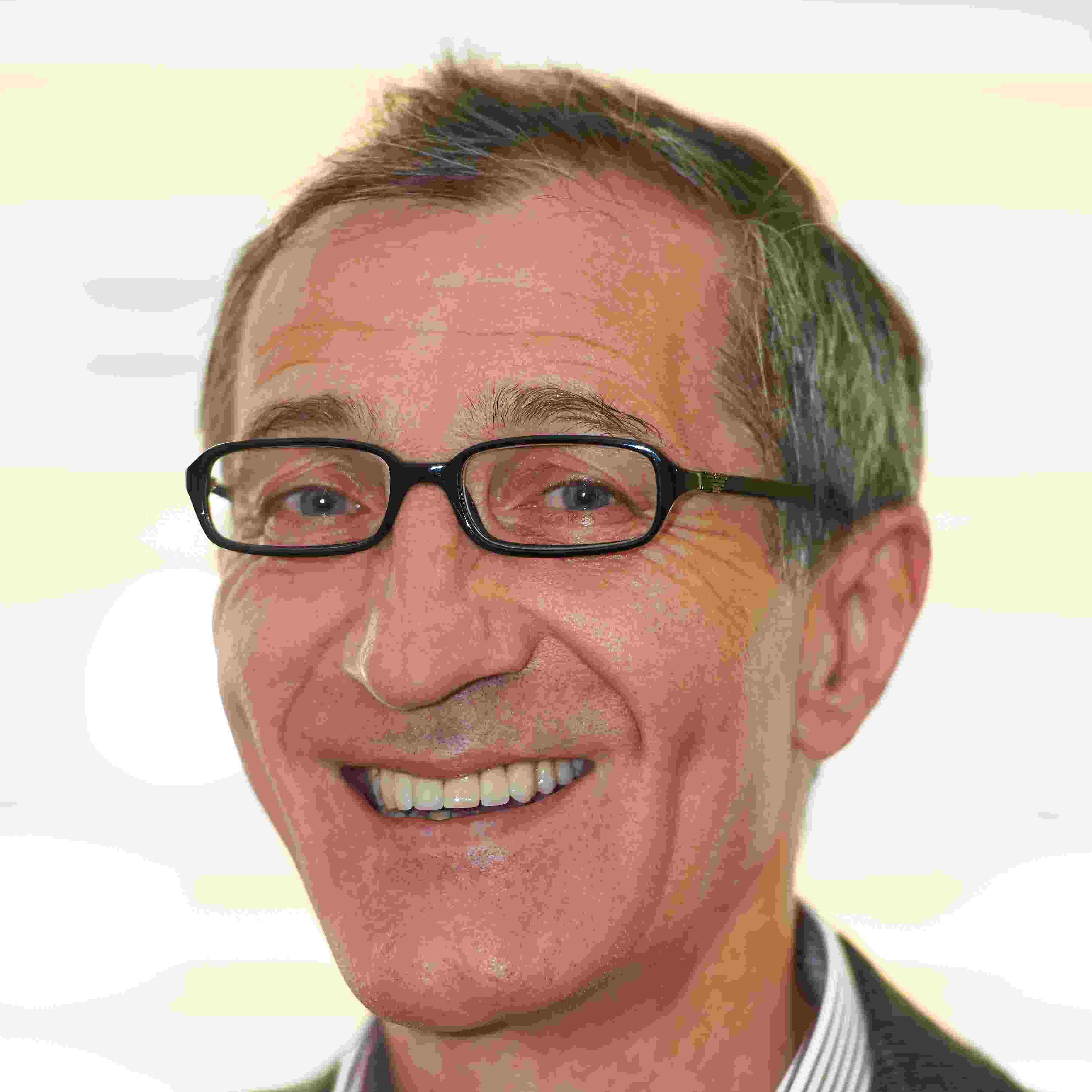 Manfred Borovcnik
Manfred Borovcnik
Institute of Statistics, University of Klagenfurt (Austria)
Many paths lead to statistical inference – should teaching it focus on elementary approaches or reflect this multiplicity?
The development of methods suitable to tackle the problem of inductive logic – how to justify arguments that generalise findings from data – has been signified by great controversies in the foundations. The controversy was not about the foundations of probability but about the justification of statistical methods: the great players have been on the one side defenders of the classical statistical inference and on the other side the Bayesians. Beyond that controversy there have been several attempts to reconcile the various approaches or to simplify statistical inference. Informal inference subsumes two different areas of didactic endeavour: teaching strategies to simplify the full complexity of inference by analogies, simulations, or visualisations on the one hand, and reduce the complexity of inference by a novel approach of Bootstrap and re-randomisation. All these approaches represent simplifications of the classical statistical inference. There have been only a few approaches to connect statistical inference to decision theory and the Bayesian approach towards inference. One is the parallel approach to classical and Bayesian inference by Vancsó. The lecture will not go into the details of the controversies but tries to find out what is relevant for teaching inference at high school in the light of this multiplicity. There will also be an attempt to link statistical inference at school to the ideas of Tamás Varga.
Panel discussion
Inquiry Based Mathematics Education and the development of learning trajectories
In the last decade, a number of projects have been funded to support the large-scale dissemination of Inquiry Based Education (IBE) in STEM disciplines, in Europe and beyond. However, in mathematics education, well established didactic traditions, among which Tamás Varga’s approach in terms of complex mathematics education, share evident values with the current conceptualizations of IBE, and they have supported for decades the development of learning trajectories. In the panel, we will first discuss current conceptualizations of IBME, and clarify their relationship with different didactic traditions. We will then move to the development of learning trajectories within IBME perspectives, once again comparing different approaches and their outcomes. A crucial point is how teachers can be prepared and supported if we want such approaches expand in educational systems. This point will be addressed in the last phase of the panel.
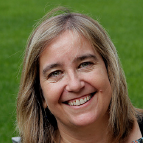 Marianna Bosch
Marianna Bosch
IQS School of Management, Universitat Ramon Llull, Barcelona (Spain)
 Michiel Doorman
Michiel Doorman
Freudenthal Institute, Utrecht University (Netherland)
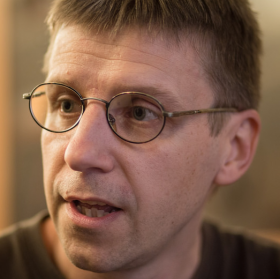 Péter Juhász
Péter Juhász
Alfred Rényi Institute of Mathematics, Hungarian Academy of Sciences
Szent István High School (Hungary)
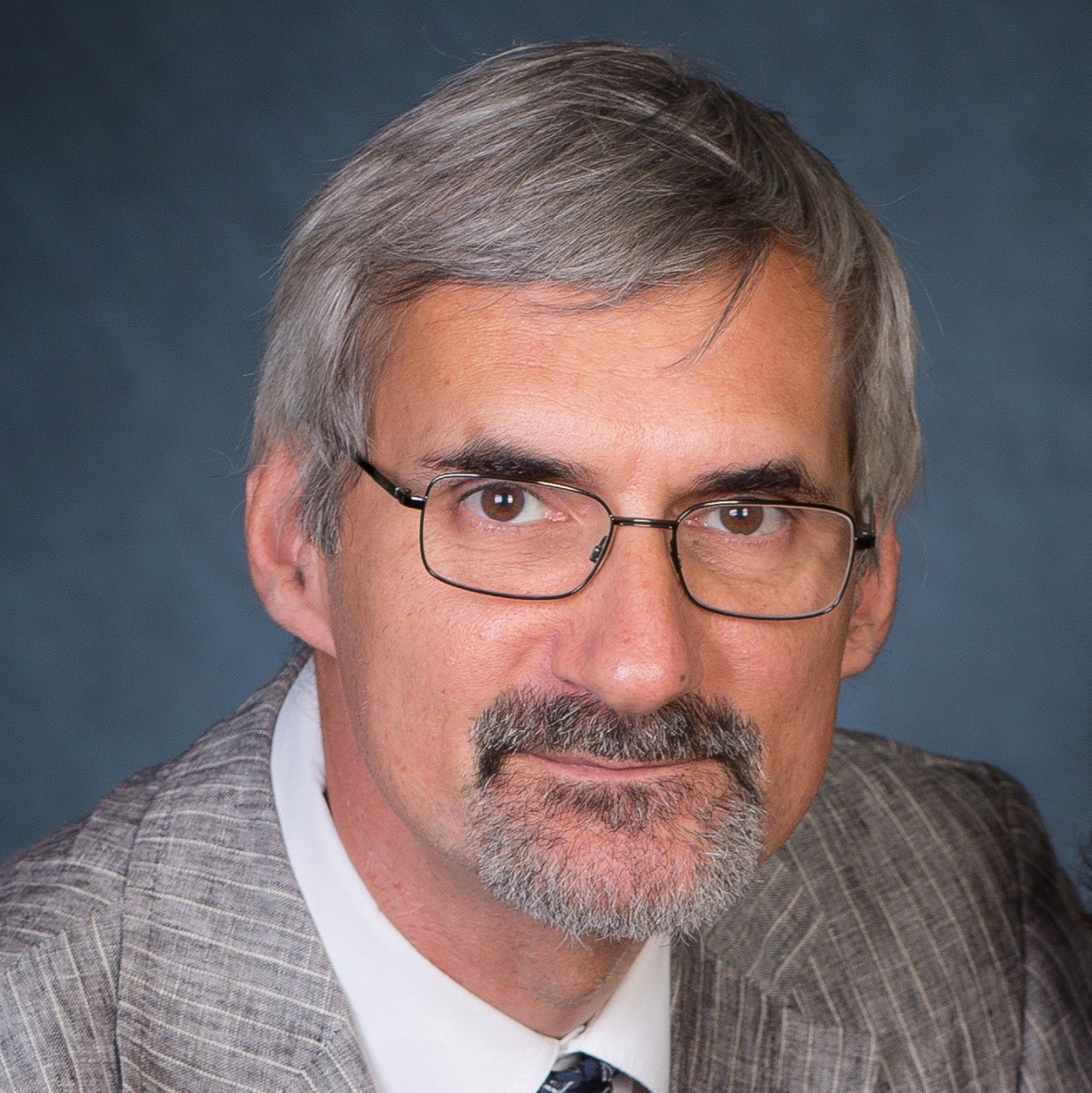 Ladislav Kvasz
Ladislav Kvasz
Department of Mathematics Education, Pedagogical Faculty, Charles University in Prague
Institute of Philosophy, Czech Academy of Sciences (Czech Republic)
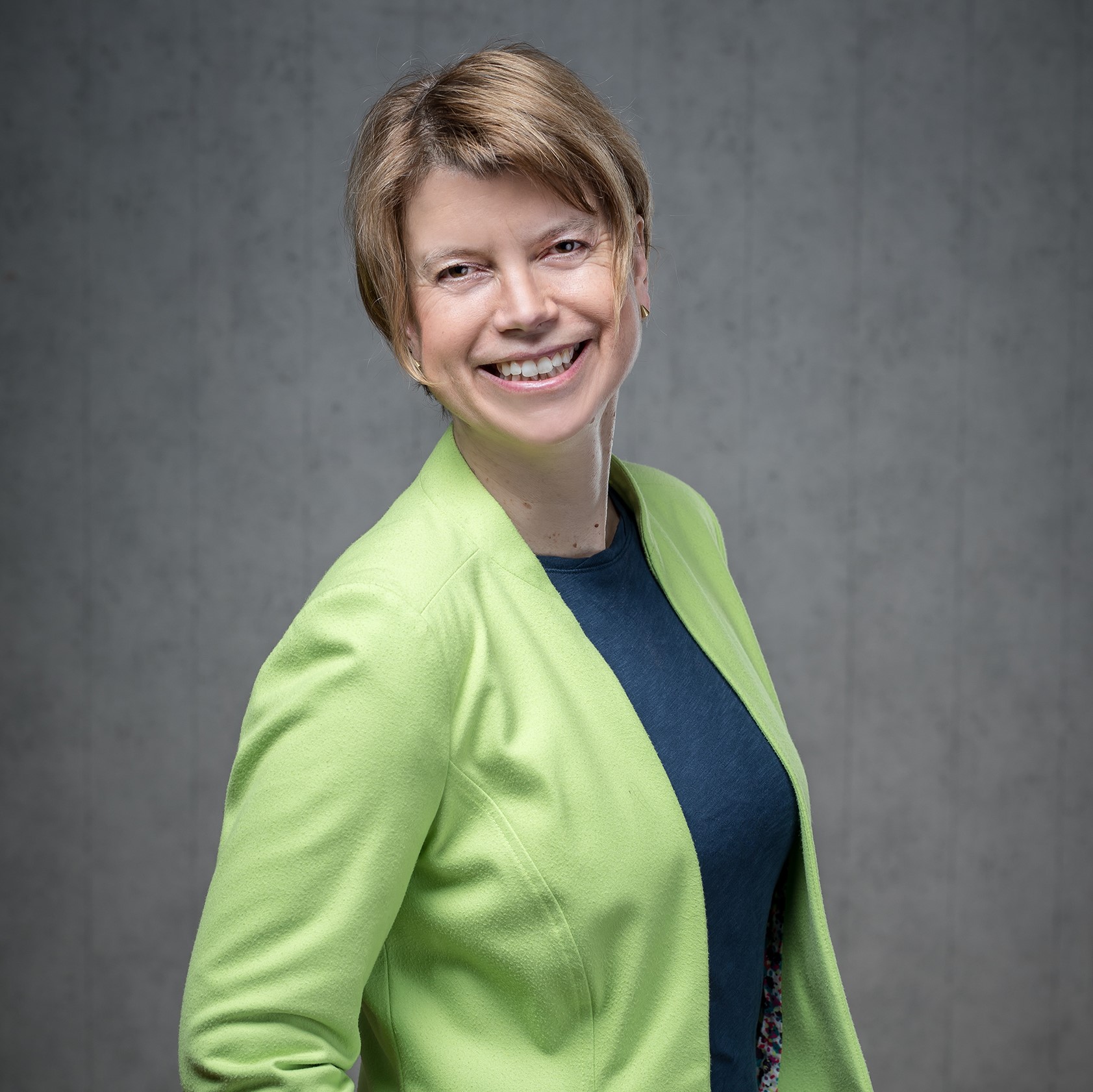 Katja Maaß
Katja Maaß
International Centre for STEM Education, University of Education Freiburg (Germany)
Coordinator: Michèle Artigue, Laboratoire de Didactique André Revuz, Paris Diderot University (France)

Satellite event
(5th November 5PM, Alfréd Rényi Institute of Mathematics, Reáltanoda street 13-15, 1053, Budapest)
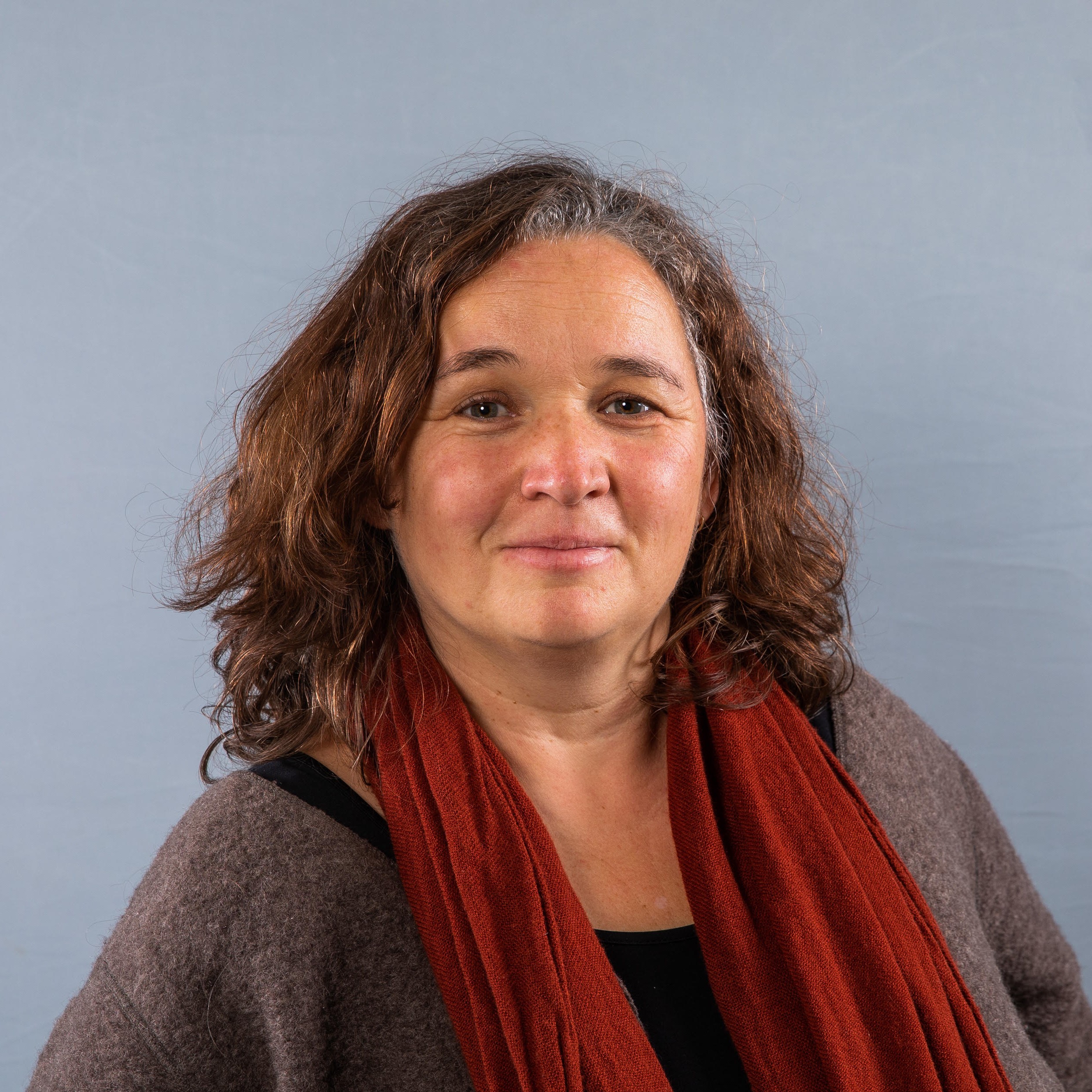 Open lecture of Susanne Prediger (Technische Universität Dortmund, Germany), president of the European Society for Research in Mathematics Education.
Open lecture of Susanne Prediger (Technische Universität Dortmund, Germany), president of the European Society for Research in Mathematics Education.
How can we support students to grasp mathematical structures?
Insights into design research in mathematics education
Grasping mathematical structures is a key goal of mathematics education, but has often been shown to challenge many students. The talk reports on design research aiming at understanding and overcoming these challenges. It will show that language is a key learning medium for mathematical structures, and provides insights into approaches and backgrounds how students’ language can be supported. The topic serves as exemplary case for explaining how mathematics education research can be conducted as design research.

